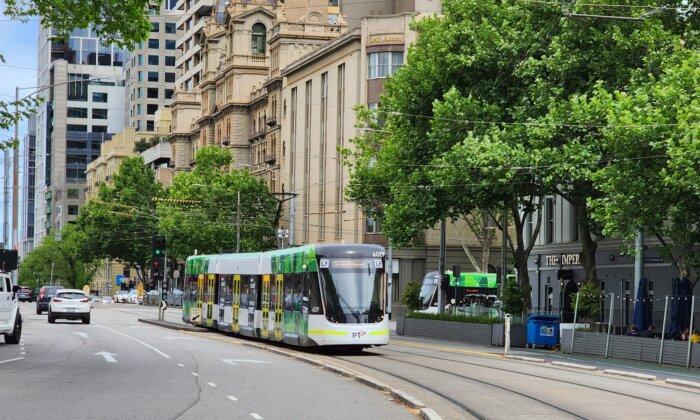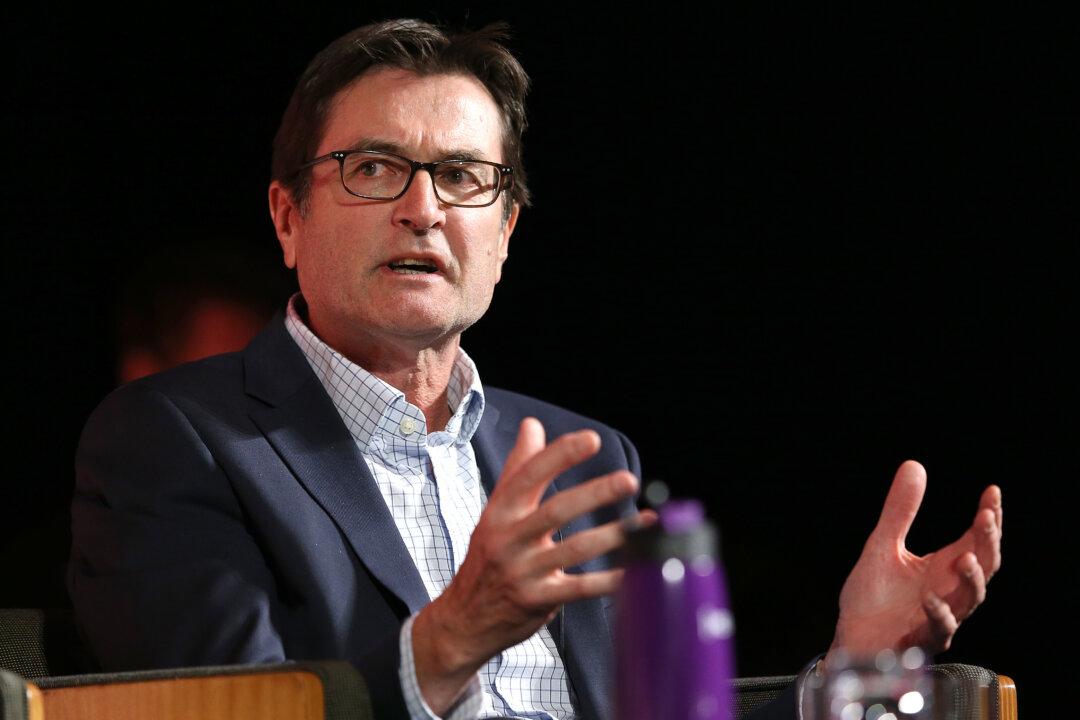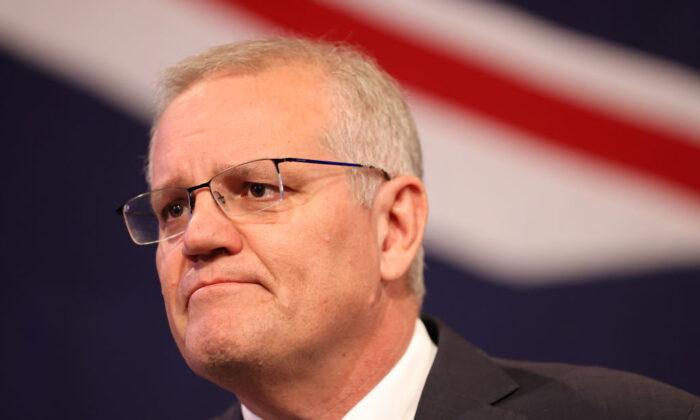Australia is currently facing an unprecedented worker shortage that is deeply entrenched in the economic system, says free-market think tank the Institute of Public Affairs (IPA.)
“This is undermining economic growth. Worker shortages make it more difficult and more costly for entrepreneurs and investors to start a business or expand an existing business,” the report said.
The study also outlines worrying consequences for government income in a period where increased revenue will be crucial for bankrolling ambitious public-sector-driven programs.
“Worker shortage also negatively affects government revenue in that the government loses out on potential taxation income that would have been generated from each position left vacant.”
In measuring the extent of shortages, the IPA formulated the “Job Vacancy Crunch Rate,” that is, the ratio of job openings available to working-age Australians who are not currently employed.
Overall, regional Australia is disproportionately affected by the shortage, with the Northern Territory, north-west Queensland, and Western Australia home to crunch rates (working overtime) of 7 percent or above. The nation’s lowest crunch rates are found in Tasmania, coastal New South Wales, and South Australia’s eastern regions.
The report suggests a number of policy prescriptions to ease this shortfall including the need to cut red tape and tax barriers to encourage more Australians into the workforce.
Specifically, it advocates for reform of legislation surrounding pensioners, claiming that the existing age pension acts as a disincentive for able workers to remain or rejoin the labour force.
Under current laws, the income an individual earns greatly impacts the pension they are entitled to.
The Work Bonus—a limit placed on income earned before pensions are reduced—currently sits at $226. If the pensioner’s remaining assessable income sits above the Work Bonus it is reduced by 50 cents for every dollar over.
Immigration A Silver Bullet?
The Albanese government has continued what Australian governments have traditionally done to address the worker shortage issue, and that is opening migration.Levels of net migration—the number of migrants minus the number of emigrants—are set to hit record highs in 2023.
The preliminary estimate of net migration reached 386,970 in 2022, surpassed soon after by the 454,400 purported this year.
Facilitating an influx of migrants may be the government’s only option, with additional public revenue desperately needed to finance a transition towards a net zero economy without spurring inflation, and a lack of time to wait for policies incentivising higher birth rates to come to fruition.
The CEO of Macquarie Group Shemara Wikramanayake came out earlier this year in favour of higher rates of migration, claiming it will help Australia mitigate an economic downturn incurred by record-high interest rates and global geopolitical upheaval.
“I think there are a few underlying and structural drivers that impact that, and I think they will also result in our having a milder downturn than big global economies,” Ms. Wikramanayake said at a Macquarie Bank conference.
“As you all know, immigration has really picked up again. So, that is going to drive underlying growth here, which will shield us a bit from the extent of the downturn that global peers are going to have.”
Others have been less impressed.
The CEO of Freelancer, an online gig economy marketplace, Matt Barrie, condemned the government for allowing such an influx, claiming immigration creates the illusion of economic growth by bolstering demand for housing, goods, and services.
Mr. Barrie also warned migration would only exacerbate structural problems with the Australian economy.
“With the highest inflation in decades, sharply declining wage growth, the worst rental crisis on record, overload infrastructure, construction blowouts, bureaucracy, mass insolvencies, extreme cost of living, and the largest destruction in purchasing power in 50 years—the solution is, as always, more people, despite this being the root cause.”







